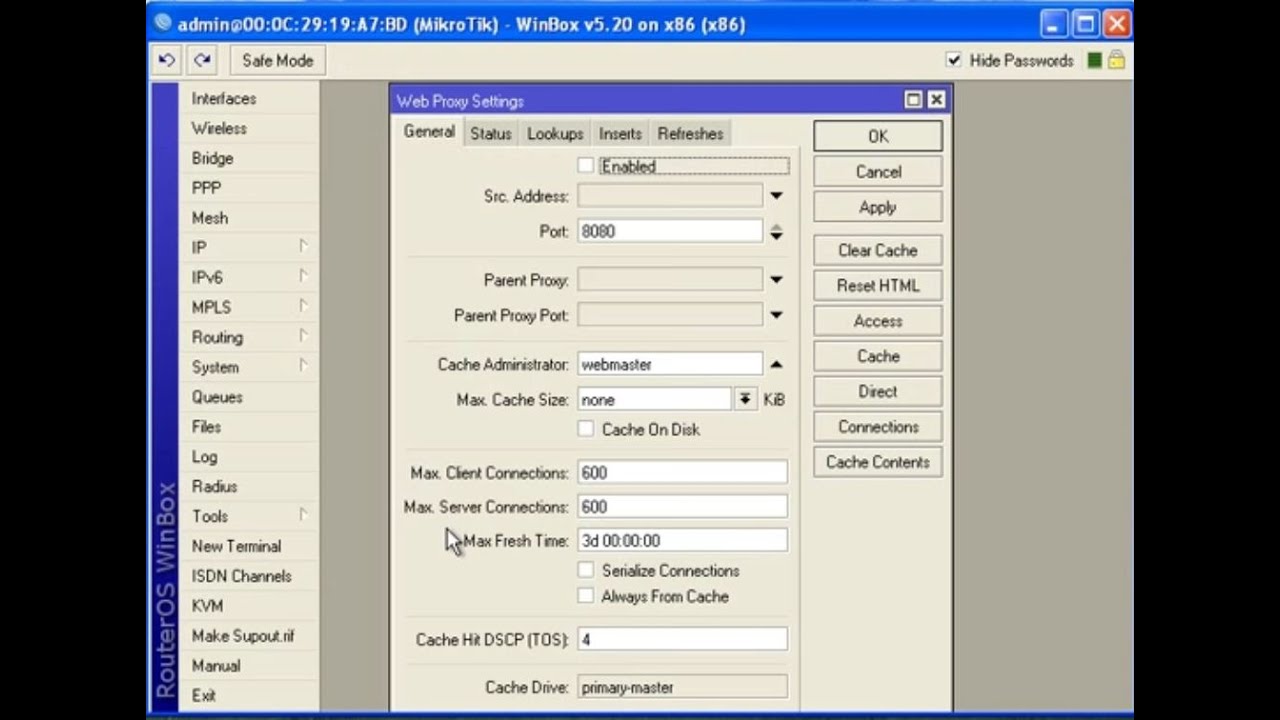

Security Operations Center: Challenges of SOC Teams.SSH Sniffing (SSH Spying) Methods and Defense.Detecting Network Attacks with Wireshark.Solving Problems with Office 365 Email from GoDaddy.Exploits, Vulnerabilities and Payloads: Practical Introduction.Where To Learn Ethical Hacking & Penetration Testing.Top 25 Penetration Testing Skills and Competencies (Detailed).Reveal Passwords from Administrative Interfaces.Cisco Password Cracking and Decrypting Guide.RCE on Windows from Linux Part 6: RedSnarf.RCE on Windows from Linux Part 5: Metasploit Framework.RCE on Windows from Linux Part 4: Keimpx.RCE on Windows from Linux Part 3: Pass-The-Hash Toolkit.RCE on Windows from Linux Part 2: CrackMapExec.

RCE on Windows from Linux Part 1: Impacket.Accessing Windows Systems Remotely From Linux Menu Toggle.19 Ways to Bypass Software Restrictions and Spawn a Shell.Top 16 Active Directory Vulnerabilities.Top 10 Vulnerabilities: Internal Infrastructure Pentest.Install Nessus and Plugins Offline (with pictures).Detailed Overview of Nessus Professional.CMS Vulnerability Scanners for WordPress, Joomla, Drupal, Moodle, Typo3.Top 20 Microsoft Azure Vulnerabilities and Misconfigurations.For that reason I usually stick with src-address for PCC load balancing. This is because often times a HTTP requests will generate several connections, so there is a chance that some requests may go out a different route than the initial one, and that will break secure web sites. While this will randomize things the most and in theory give you the most fair allocation of bandwidth, BUT there is also a good chance that it will break certain things like banking web sites and some forums. If somehow you are not satisfied with the src-address approach,play with the PCC-Classifier, then Try both addresses and ports as the classifier.

I also recommend to use SQUID proxy server along with mikrotik, either parallel or in front or backend, for better response time and it will also increase good browsing experience to users. Load balancing using this PCCtechnique (src-address) will be effective and balanced approach when more and more connections (from clients) that occurred. Use src-address as classifier, this way you will get rid of problems like https/broken link, streaming issues etc. In my personnel experience, If users request are directly hitting Mikrotik configured with PCC , then you will get good load balancing. In this example I used MikrotikT RB750 5 ports router.Ģ ports were connected with two difference DSL Routers,Īnd 3rd port was connected with User LAN.īoth DSL are of same speed, i.e 10Mb each.Īlso don’t forget to rename the interface names accordingly.

Complete Script !įollowing is a complete script for Mikrotik to combine/load balance two DSL lines. Mikrotik DUAL WAN Load Balancing using PCC method. Update MikroTik RouterOS v5.26 Cracked Full License Lev6 With HunterTik 2.3.1.1


 0 kommentar(er)
0 kommentar(er)
